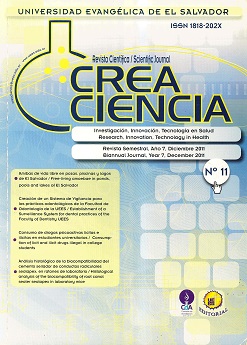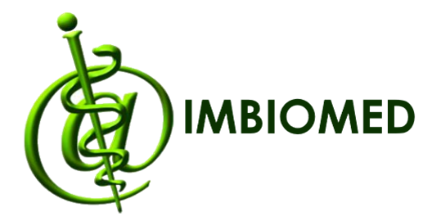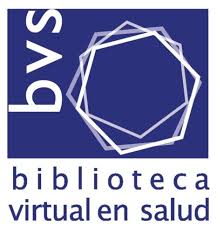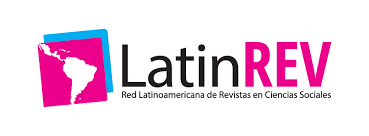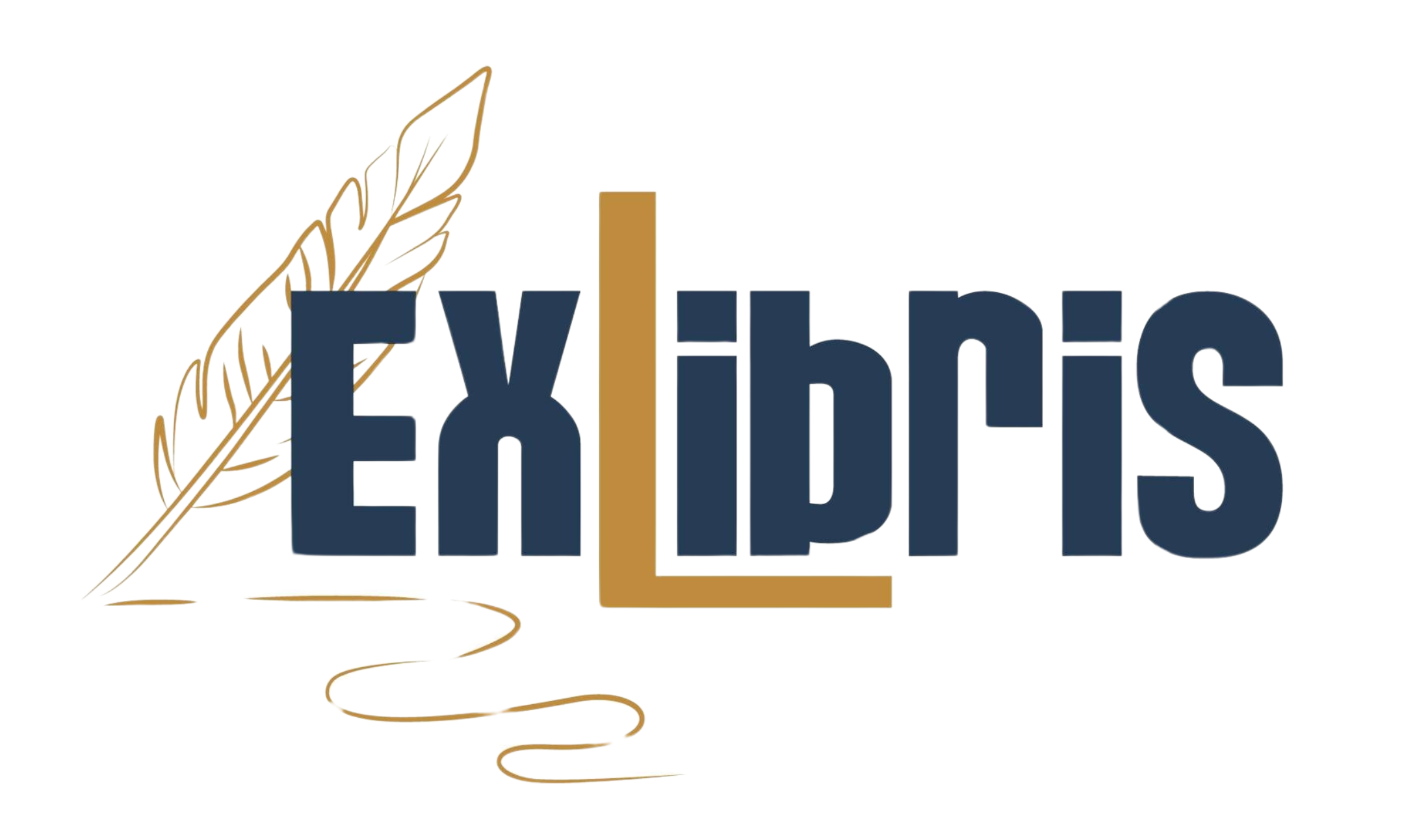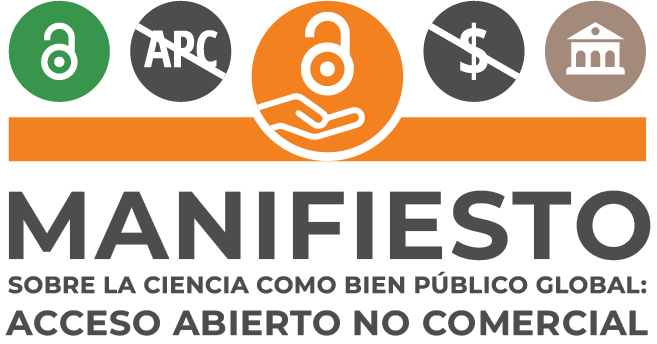Histological analysis of the biocompatibility of sealapex root canal sealing cement in laboratory mice
DOI:
https://doi.org/10.5377/creaciencia.v0i11.8146Keywords:
Sealapex, calcium hydroxide, lab mice, evaluación histológica, calcifications, El SalavdorAbstract
The present in-vivo study was carried out by means of histological analysis; to evaluate the biocompatibility of Sealapex Endodontic Sealing Cement, upon contact with connective tissue in laboratory mice. This connective tissue is very similar to the periodontal tissues of the teeth, which is why mice were selected and thus have better information on how calcium hydroxide (Sealapex cement) acts within the dental tissues when performing a root canal treatment. The investigated sample consisted of 5 isogenic mice of the same sex; which by means of a surgical intervention was implanted subcutaneously in the connective tissue, a 1cm long polyethylene tube containing the Cement to be investigated. The sample was kept in captivity and sacrificed in controls at 3, 7, 14, 21 and 28 days.
The findings were classified according to the degree of inflammation, fibrosis and mineralization, which the connective tissue presented against the Sealapex endodontic sealer cement and showed that the degree of compatibility of the Sealapex sealer cement was acceptable in all the cases evaluated. The moderate fibrosis adhered to the tube containing the cement is indicative of a good tolerance of the subcutaneous connective tissue of mice towards the product. Similarly, it has the property of inducing the formation of mineralizations, which were detected on the connective tissue of laboratory mice. (Favoring its alkaline pH that allows the release of hydroxyl ions (OH-), unlike the acid pH that would increase its inflammation and the lack of compatibility of the sealing cement with the periodontal tissues). Therefore, it is recommended for cases of endodontically treated pieces with pulpal necrosis or in vital pulps.
Downloads
Published
Issue
Section
License

This work is licensed under a Creative Commons Attribution-NoDerivatives 4.0 International License.
Los artículos de Crea Ciencia están publicados en acceso abierto bajo una licencia CC BY-NC-SA 4.0 de la Universidad Evangélica de El Salvador.

